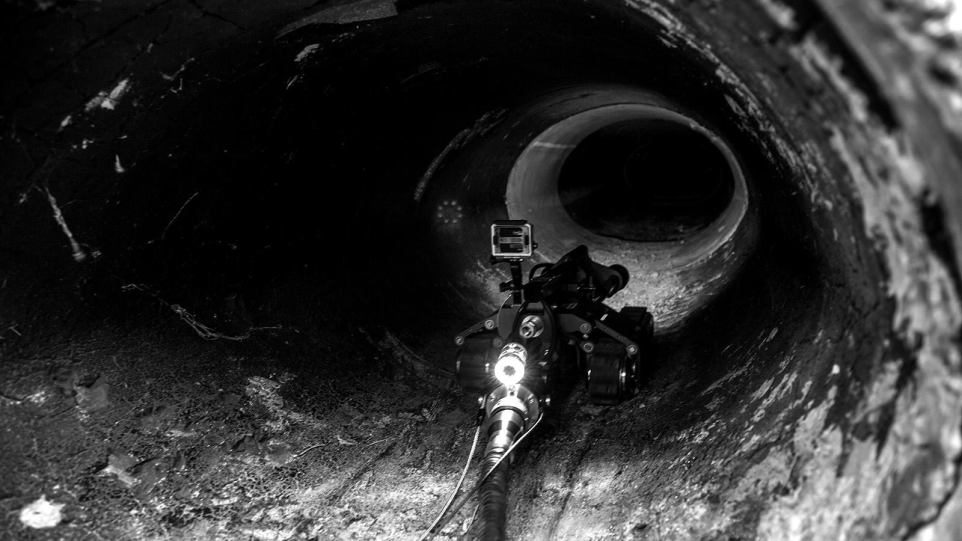A small robot with a caterpillar track rolls into a dark tunnel. It holds a camera flanked by two flashlights. Lasers help it navigate this cramped space and trace an efficient route. At the other end of its connecting cable is a US Customs and Border Protection agent with a joystick. They are looking for smugglers and drugs.
Over the past few years, the US government has deployed these robots to disrupt the most famous technical achievement of Mexican narco-trafficking cartels: border tunnels. These underground miles-long structures have ventilation systems, electrical grids, and pulley-operated secret entrances and exits. Cartels spend millions of dollars and recruit talented architects and engineers from a mining state in northern Mexico to build them.
The popular fascination with these tunnels runs deep. Journalists obsess over their design. American films like Fast and Furious and television shows like Weeds feature detailed reconstructions of them. When famed cartel leader Joaquin “El Chapo” Guzman escaped from prison (the second time) through a tunnel, both Taiwanese animation studios and Las Vegas museums created artistic renderings of the structure.
For years, technophiles have argued that robots are the key to shutting down narco-tunnels. Citing developments by the Idaho National Laboratory and Canadian robot maker Inuktun, a 2009 Wired article claims that robots could be “the greatest weapon to emerge from the government’s attempt to stamp out the trade in illicit substances across its border.” A 2010 PR release from the MITRE Corporation boasts that their work on sensing robots could eventually provide “an effective, low-cost, and reliable solution to long-term border surveillance.” In 2015, a similar write-up from Makeshift magazine calls these robots “unlikely allies” of the US Border Patrol and features a color illustration of a fedora-wearing, anthropomorphized robot walking in the dark and holding a flashlight.
